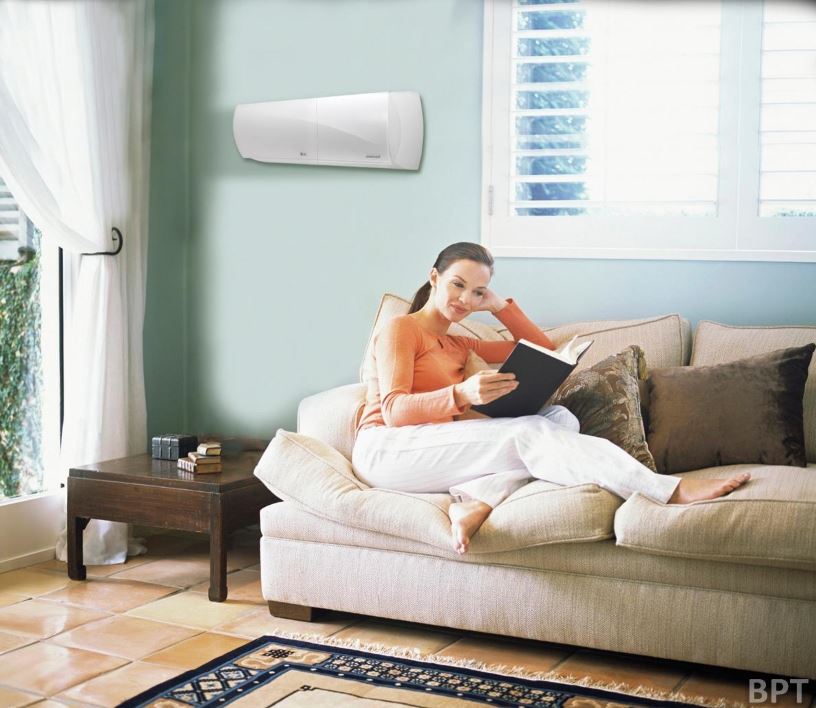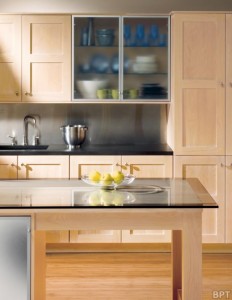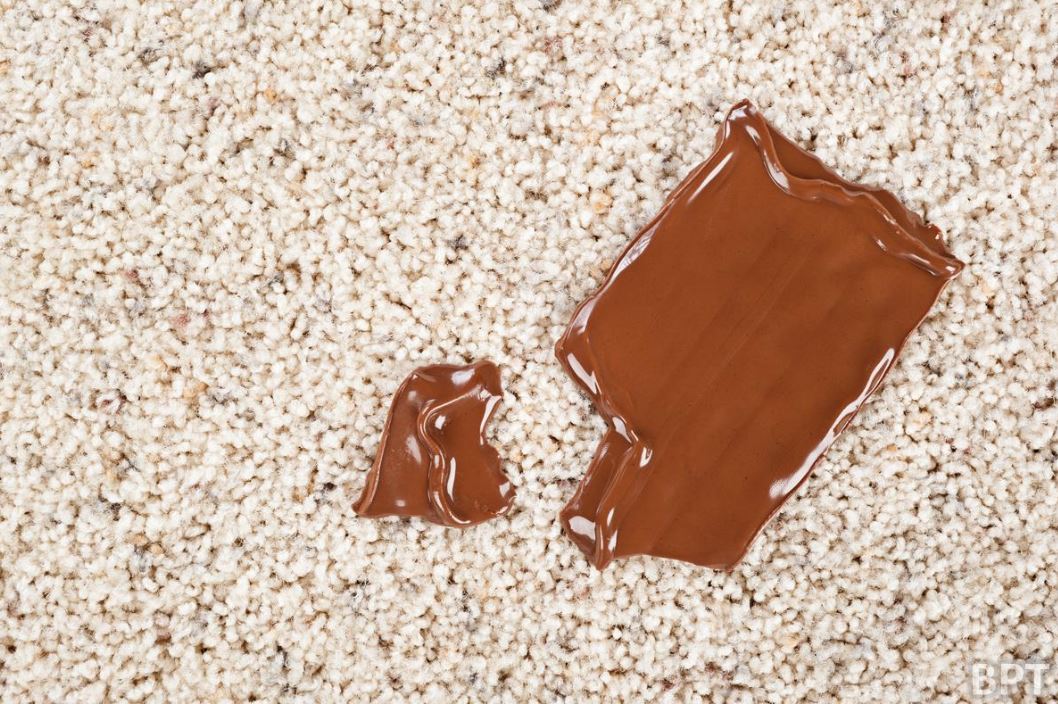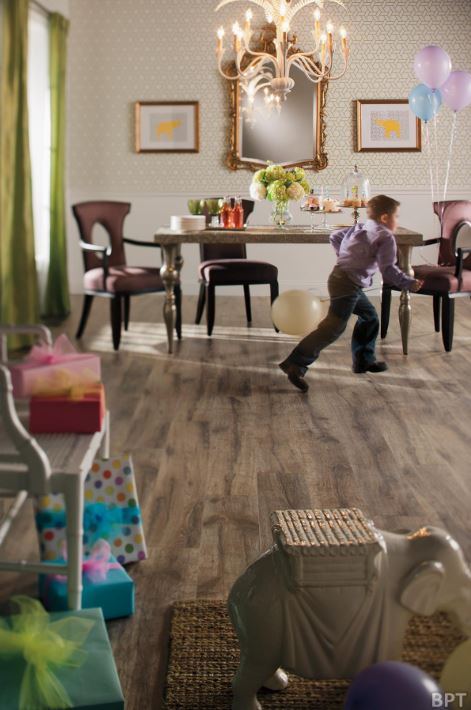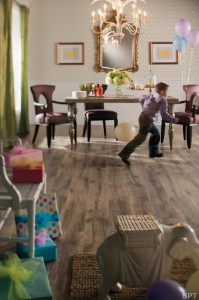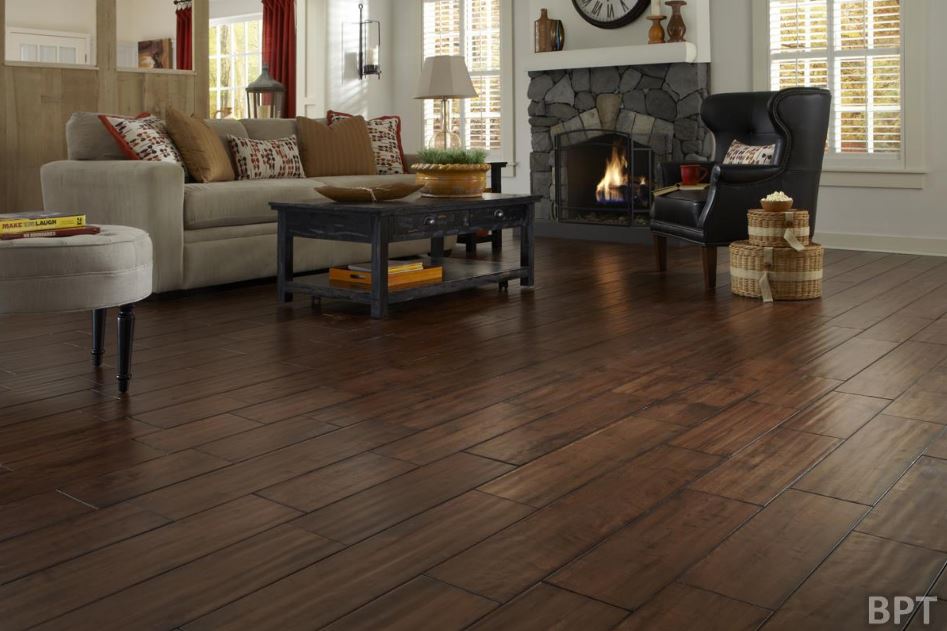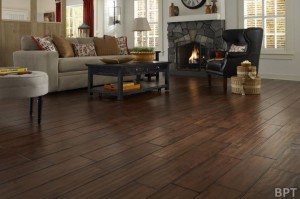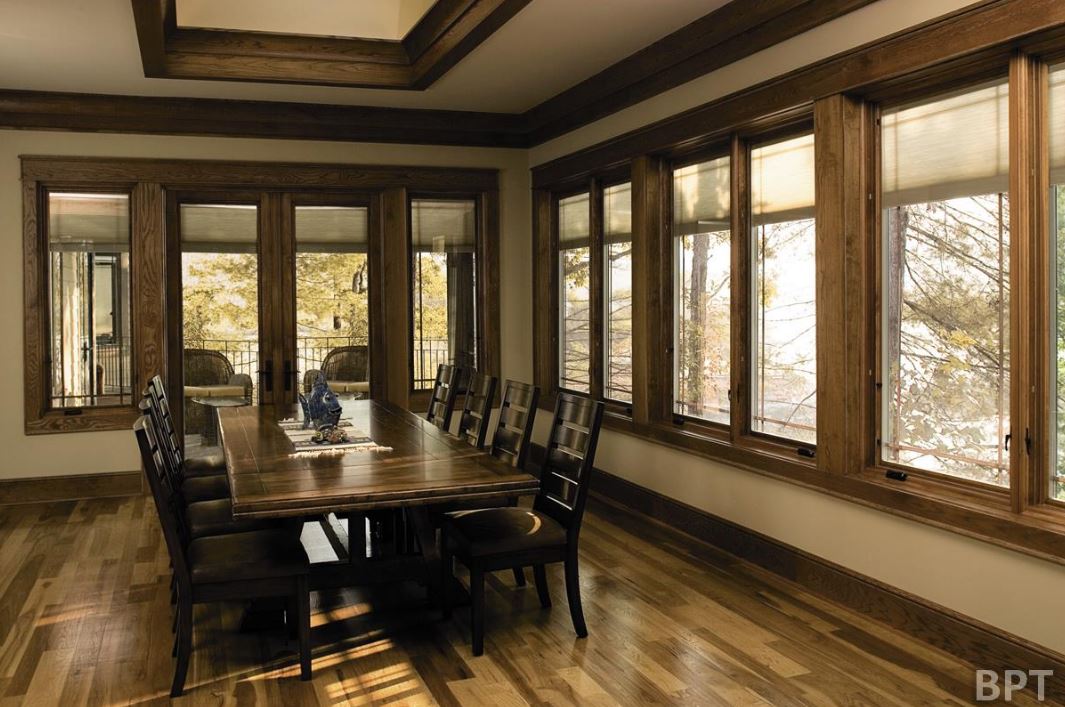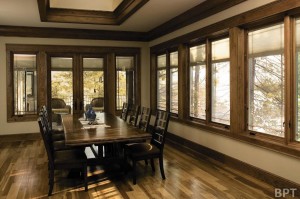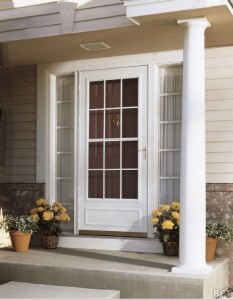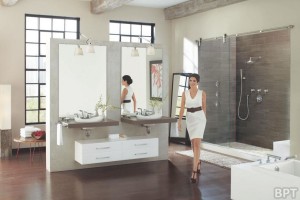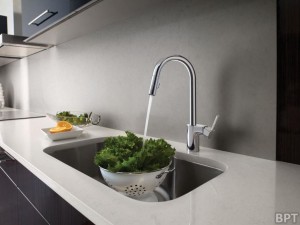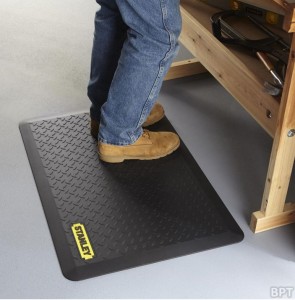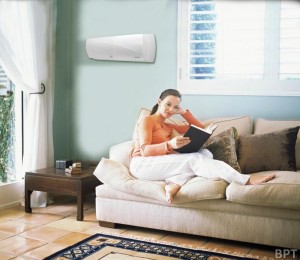 (BPT) – The winter months mean celebrating the holidays, reconnecting with family and friends and planning your resolutions for the New Year. They can also mean a sharp increase to your monthly heating bill in order to stay warm and comfortable. If you’re interested in controlling your energy expenses while maintaining comfort, the tips below will help you make sure more of your money is put towards presents than power.
(BPT) – The winter months mean celebrating the holidays, reconnecting with family and friends and planning your resolutions for the New Year. They can also mean a sharp increase to your monthly heating bill in order to stay warm and comfortable. If you’re interested in controlling your energy expenses while maintaining comfort, the tips below will help you make sure more of your money is put towards presents than power.
* Close the doors to rooms that are not in use. Most of us remember to turn off the lights in a room we’re not using but we rarely shut the door. And we end up wasting energy because of it. Don’t waste heat on rooms that aren’t in use. Instead, close those doors and allow the heat to circulate within a smaller area. Your furnace will have an easier time maintaining the temperature and you’ll notice the benefit on your energy bill.
* Invest in a heat pump. Some rooms are simply too important to keep the door closed all of the time. If it’s a child’s play area or your office, then chances are you’re looking for a way to add a little more heat. Investing in a duct-free heat pump system is the perfect solution. Duct-free products like the Art Cool Premier Single Zone offer high efficiency, precise temperature control, ultra-quiet sound level, stylish design and best of all, they provide effective heating down to -13F outdoor air temperature all without sacrificing aesthetics. The Art Cool Premier pump is available in both 9,000 and 12,000 BTU/h models offering you the perfect pump for any size room.
* Check for cracks and gaps around windows and doors. Today’s homes are more airtight than ever before but there is still the potential for cold air to enter your home via your doors and windows. Inspect each of these openings and seal or insulate any gaps you find to prevent the loss of warm air. You should also check for cracks and gaps around the door to the attic and at any locations where outside pipes or cords enter your home.
* Cover your windows. Small cracks or gaps in your windows can create drafts and cold air hits your windows and leaves them cold to the touch, transferring those frigid temperatures inside. Prevent that cold from coming into your home by sealing your windows. This simple procedure takes only minutes and will have a dramatic effect on your heating bill. And don’t forget that heavy weight curtains can also help keep drafts out. * Check your insulation. Many homes, especially older homes, are vulnerable to cold temperatures because they lack sufficient insulation. Insulation is commonly found in the attic but it also exists in any outer wall. If you are concerned your home may be poorly insulated, you can check the insulation levels yourself or you can hire a qualified home energy auditor who will check your insulation as part of his overall energy assessment.
The colder months are coming but that doesn’t mean you have to feel it inside your own home. Prepare for winter with the tips included here and you’ll be ready to enjoy a warm and festive winter holiday season.

